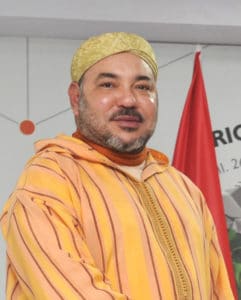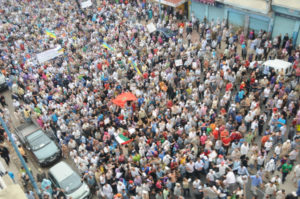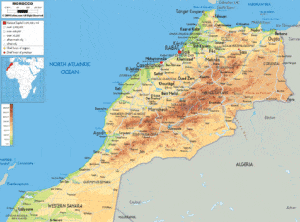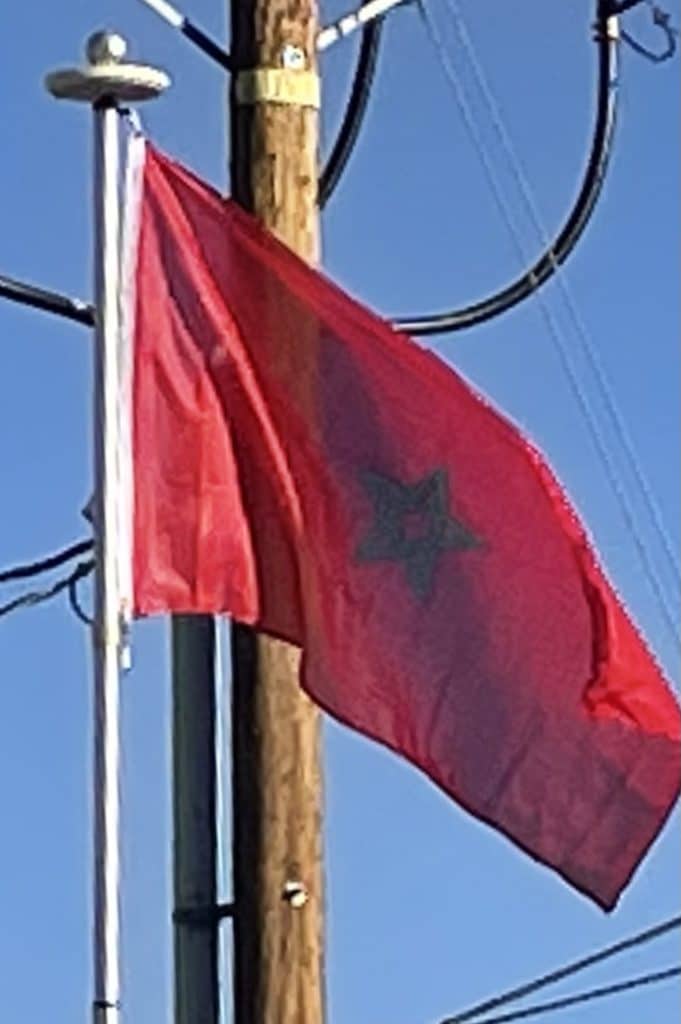King Hassan II died in 1999 and was succeeded by his son, Mohammed VI. He is a cautious modernizer who has introduced some economic and social liberalization.

Mohammed VI paid a controversial visit to the Western Sahara in 2002. Morocco unveiled an autonomy blueprint for Western Sahara to the United Nations in 2007. The Polisario rejected the plan and put forward its own proposal. Morocco and the Polisario Front held UN-sponsored talks in New York City but failed to come to any agreement. In 2010, security forces stormed a protest camp in the Western Sahara, triggering violent demonstrations in the regional capital El Aaiún.
In 2002, Morocco and Spain agreed to a US-brokered resolution over the disputed island of Perejil. Spanish troops had taken the normally uninhabited island after Moroccan soldiers landed on it and set up tents and a flag. There were renewed tensions in 2005, as hundreds of African migrants tried to storm the borders of the Spanish enclaves of Melilla and Ceuta. Morocco deported hundreds of the illegal migrants. In 2006, the Spanish Premier Zapatero visited Spanish enclaves. He was the first Spanish leader in 25 years to make an official visit to the territories. The following year, Spanish King Juan Carlos I visited Ceuta and Melilla, further angering Morocco which demanded control of the enclaves.

During the 2011–2012 Moroccan protests, thousands of people rallied in Rabat and other cities calling for political reform and a new constitution curbing the powers of the king. In July 2011, the King won a landslide victory in a referendum on a reformed constitution he had proposed to placate the Arab Spring protests. Despite the reforms made by Mohammed VI, demonstrators continued to call for deeper reforms. Hundreds took part in a trade union rally in Casablanca in May 2012. Participants accused the government of failing to deliver on reforms.
Geography:
Morocco has a coast by the Atlantic Ocean that reaches past the Strait of Gibraltar into the Mediterranean Sea. It is bordered by Spain to the north (a water border through the Strait and land borders with three small Spanish-controlled exclaves, Ceuta, Melilla, and Peñón de Vélez de la Gomera), Algeria to the east, and Western Sahara to the south. Since Morocco controls most of Western Sahara, its de facto southern boundary is with Mauritania.

The geography of Morocco spans from the Atlantic Ocean, to mountainous areas, to the Sahara desert. Morocco is a Northern African country, bordering the North Atlantic Ocean and the Mediterranean Sea, between Algeria and the annexed Western Sahara. It is one of only three nations (along with Spain and France) to have both Atlantic and Mediterranean coastlines.
A large part of Morocco is mountainous. The Atlas Mountains are located mainly in the center and the south of the country. The Rif Mountains are located in the north of the country. Both ranges are mainly inhabited by the Berber people. At 446,550 km2 (172,414 sq mi), Morocco excluding Western Sahara is the fifty-seventh largest country in the world. Algeria borders Morocco to the east and southeast, though the border between the two countries has been closed since 1994.
